Samsung 27.8 cu. ft. Food Showcase 4-Door French Door Refrigerator in Fingerprint Resistant Black Stainless
Food Showcase Door: Provides quick access to everyday items. FlexZone Drawer: flexible storage with four temperature settings. Wi-Fi and Bixby Enabled: Control and monitor your fridge remote.
A refrigerator that is beautifully designed, with an modern dispenser, polished door, and sleek handles. The Food Showcase Door provides quick access to on-the-go items. Now available in beautiful Tuscan Stainless.
- Food Showcase Door – Provides quick access to everyday items while minimizingthe loss of cool air
- FlexZone Drawer – Aflexible storage drawer with four different temperature settings and an adjustable Smart Divider to stay organized
- Adjustable Shelves – Adjustable shelves go from standard to slide-in or flip-up, to store tall items with ease
- Wi-Fi and Bixby Enabled – Use your smartphone tocontrol the temperature and monitor your refrigerator remotely
- AutoFill Water Pitcher – A built-in pitcher that automatically refills with filtered water and the option to infuse with a flavor of your choice
- Fingerprint Resistant Finish – A special finish to reduce smudges and minimize cleaning
- High-Efficiency LED lighting designed to beautifully light up the interior of your fridge so youre able to quickly spot what you want
- Accessibility (ADA Compliant) – Easy to reach controls for everyone
- Twin Cooling Plus – Near-commercial grade humidity levels, helps prevent spoiling and freezer burn
- Metal Cooling – Stainless steel paneling maintains consistent temperature throughout the refrigerator
- Ice Max – Large capacity, storesup to 10 lbs. of ice
- ENERGY STAR Certified – Eco-friendly and energy-efficient
Additional information
| Depth (Excluding Handles) (in.) | 34 |
|---|---|
| Depth (Including Handles) (in.) | 36.5 |
| Depth (Less Door) (in.) | 29.4 |
| Depth With Door Open 90 Degrees (In) | 48.25 |
| Height to Top of Door Hinge (in.) | 70 |
| Height to Top of Refrigerator (in.) | 68.9 |
| Product Depth x Height x Width (in.) | 36.5 x 70 x 35.75 |
| Refrigerator Width (In.) | 35.75 |
| Certifications and Listings | ADA Compliant,Energy Star |
| Manufacturer Warranty | Five (5) years Parts and Labor on sealed Refrigeration system only*Ten (10) years Part and Five (5) years Labor on Digital Inverter Compressor(*Compressor, evaporator, condenser, drier, connecting tubing) |


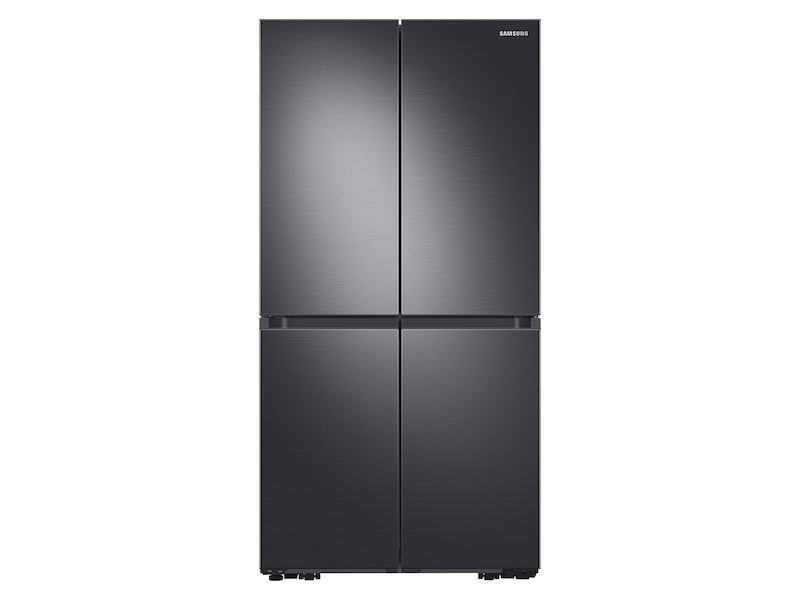
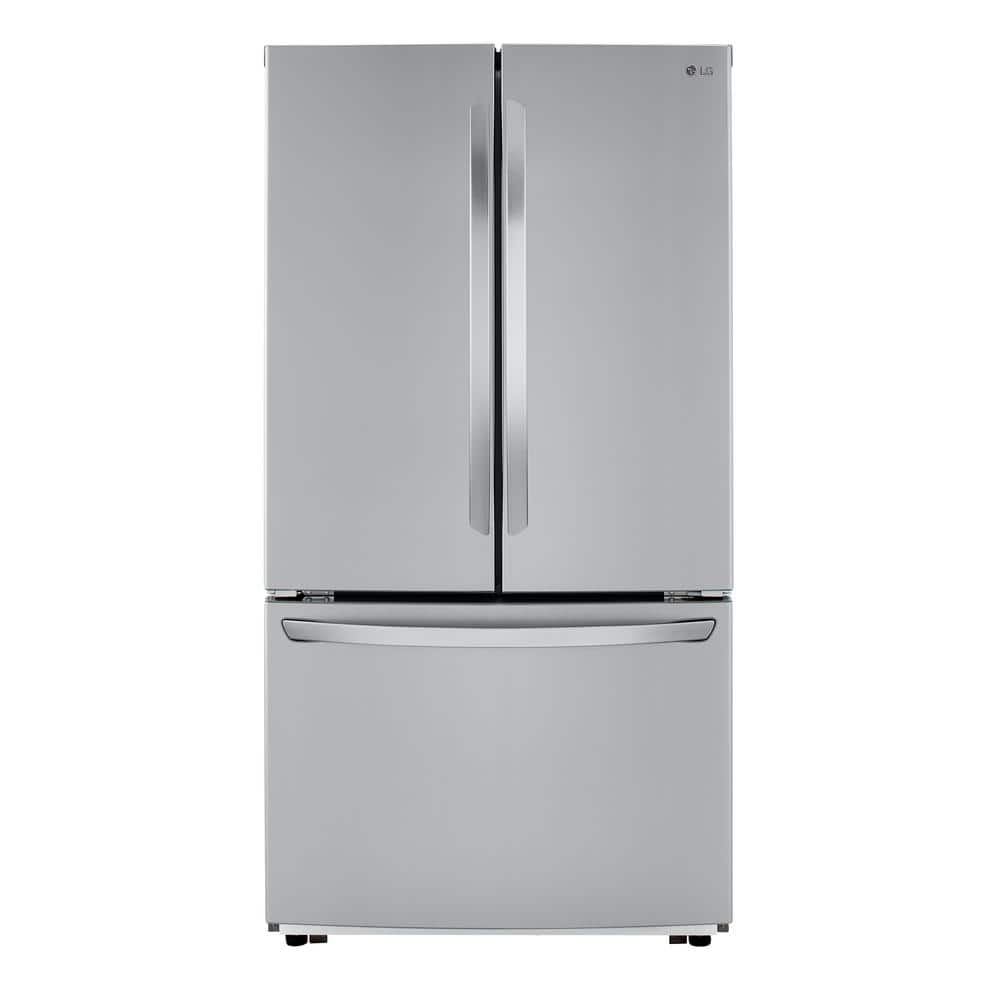
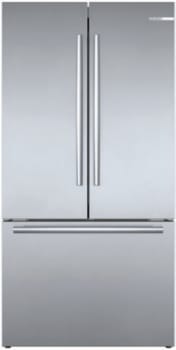
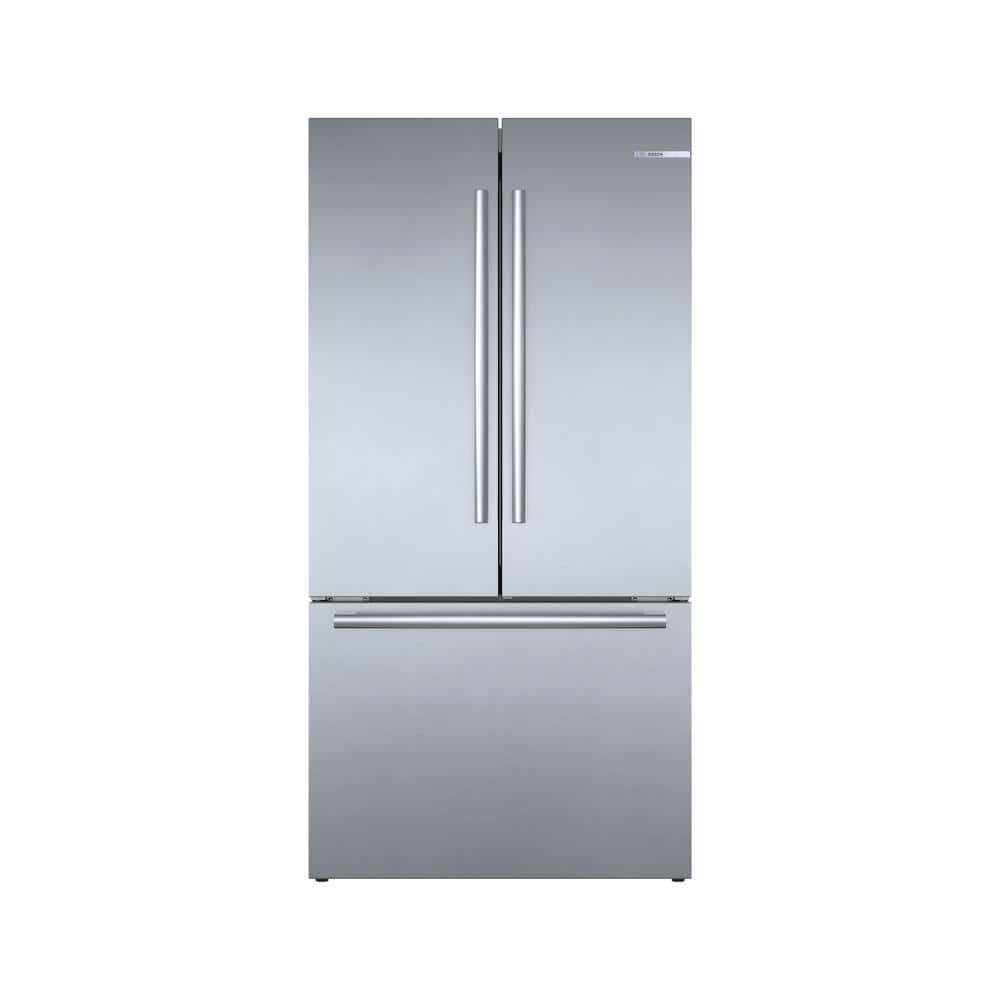
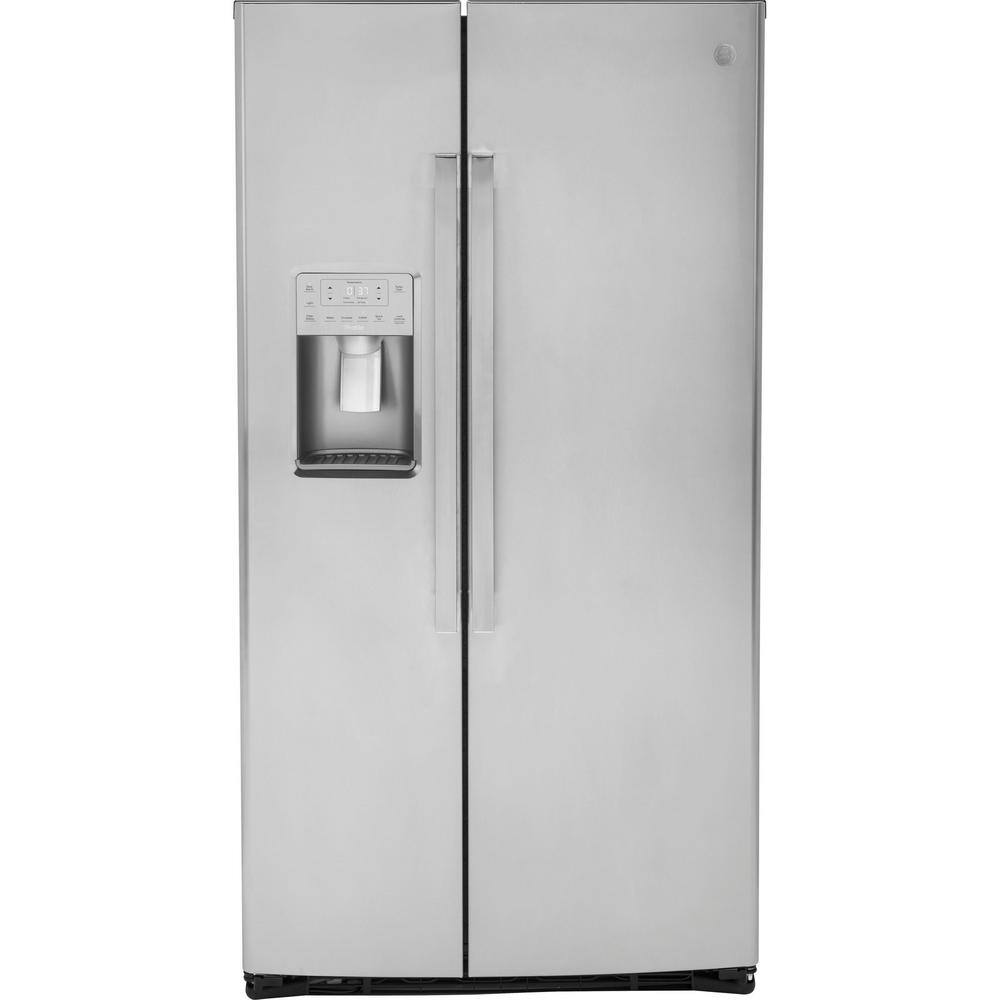
by Mike
The refrigerator is beautiful. There needs to be a more sturdy tube that goes on the back of the refrigerator for the water and icemaker. We noticed that it was leaking.
by Butler
This fridge runs great. The easy access door is very convenient. We’ve had it for about a month now and it runs like a dream.
by William
We love our new Samsung Refrigerator.
by John
Getting this and a stove was an ordeal. Cut any future dealings with HomeDepot. Great fridge.
by David
so far we really like it. lots of room and convenience. the right ‘spare’ door was a bit stiff at first but seems to be loosening up and is handy. freezer seems huge. no ice maker down there but haven’t missed it. some of the electronic setting are a bit finicky but overall everything works well. big sale made it a great value. now it’s just how long will it last.